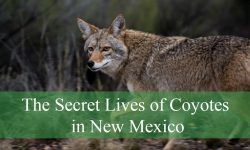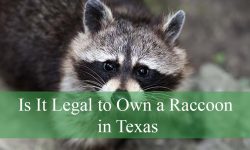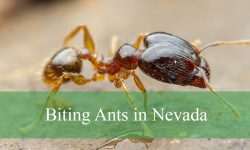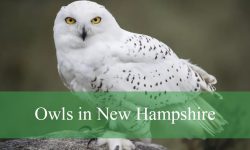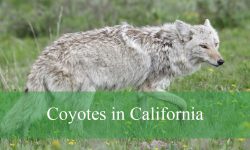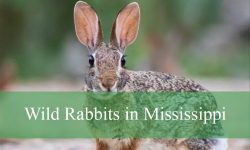The wildlife of Mississippi is rich and varied, with vultures standing out as unique and essential aerial scavengers. Often misunderstood, these birds play a vital ecological role by cleaning up carrion and preventing the spread of disease. Observing vultures can be both intriguing and educational, as their soaring patterns and feeding behaviors provide a unique window into nature.
Vultures are not only efficient scavengers but also highly social birds. They often gather in large groups to feed, rest, and roost, demonstrating complex social dynamics. While they may seem intimidating due to their size and appearance, they are completely non-aggressive toward humans.
This article explores the two types of vultures found in Mississippi, detailing their physical characteristics, behaviors, habitats, best observation practices, and more. Whether you are a birdwatcher, photographer, or simply curious about nature, this guide will help you identify and understand these remarkable birds.
Turkey Vulture (Cathartes aura)
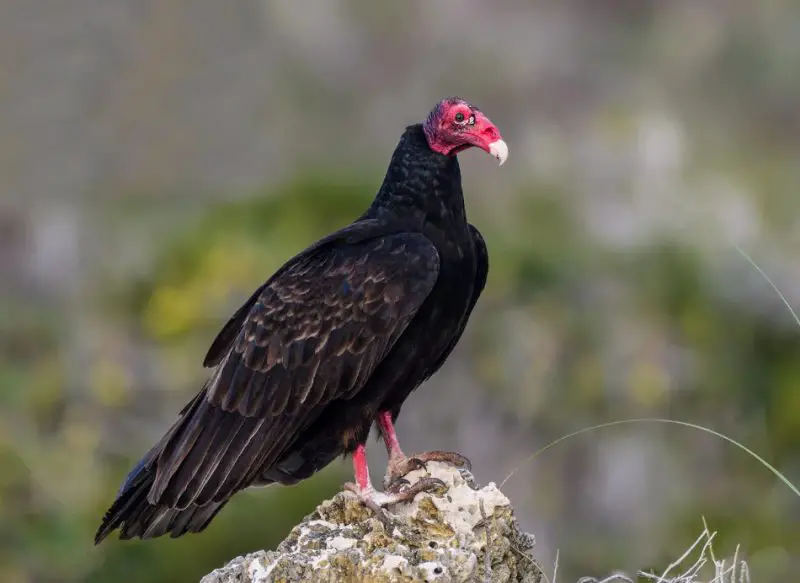
Identification and Physical Characteristics
The Turkey Vulture is one of the most common vultures in Mississippi. Adults are easily identified by their long, broad wings and distinctive red, featherless heads. Their plumage is predominantly dark brown, with lighter flight feathers visible during flight, forming a characteristic two-tone pattern. Juveniles have grayish heads and darker feathers, making them slightly harder to distinguish from other large birds.
Turkey Vultures are large birds, with a wingspan ranging from 63 to 72 inches (160–183 cm) and a body length of approximately 25 to 32 inches (64–81 cm). They have long, slightly rounded tails, which contribute to their graceful soaring patterns. Their large nostrils are easily visible and play a crucial role in detecting the scent of carrion from great distances.
One unique feature is their “V”-shaped wing posture in flight. When soaring, Turkey Vultures hold their wings in a shallow dihedral, tilting them slightly upward, which helps in identifying them from other soaring birds. This posture, combined with slow, deliberate flapping followed by long glides, is a telltale sign of the species.
Behavior and Diet
Turkey Vultures are primarily scavengers, feeding almost exclusively on carrion. They have a highly developed sense of smell, allowing them to locate decomposing animals hidden beneath dense vegetation or forest canopies—a rare trait among birds.
These vultures often feed in groups, with larger individuals dominating prime feeding spots. Despite their size, they have a gentle disposition and rarely display aggression toward humans. They will, however, defend their food from other scavengers.
Social behaviors extend to roosting as well. Turkey Vultures are often seen in communal roosts, particularly during winter months, where dozens or even hundreds of birds gather in trees or on structures. These gatherings provide warmth and protection from predators.
Habitat and Range in Mississippi
Turkey Vultures are highly adaptable and inhabit a wide range of environments in Mississippi, including forests, grasslands, wetlands, and even urban areas. They favor open or semi-open landscapes where they can easily locate carrion.
During migration periods, these vultures can travel long distances, often crossing state lines to reach warmer climates. In Mississippi, they are most commonly observed year-round in the southern and central regions, where food sources are abundant.
Best Time and Place to Observe
The best time to observe Turkey Vultures in Mississippi is during the warmer months when they are most active and visible in flight. Early mornings and late afternoons are ideal for spotting them soaring over open fields, highways, and river valleys.
Look for communal roosts in large trees or near abandoned buildings. Vantage points overlooking open areas often provide excellent opportunities to photograph or observe these birds in action.
Black Vulture (Coragyps atratus)
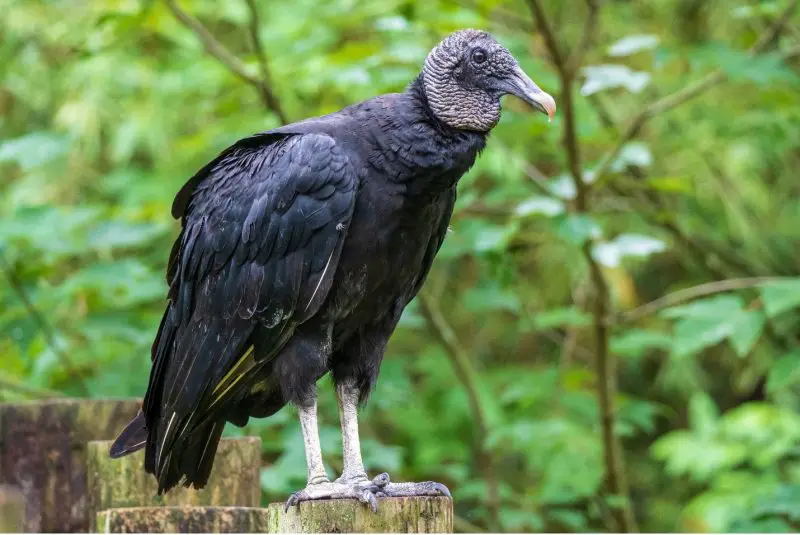
Identification and Physical Characteristics
The Black Vulture is slightly smaller than the Turkey Vulture but still a formidable presence in the skies. Adults are characterized by their glossy black plumage, short tails, and bare, grayish-black heads. Unlike the Turkey Vulture, Black Vultures lack the red head and have more compact wings.
Their wingspan ranges from 52 to 66 inches (132–168 cm), and they measure 22 to 30 inches (56–76 cm) in length. In flight, Black Vultures hold their wings flat with rapid, stiff flaps interspersed with short glides. The wing tips appear splayed like fingers, helping birdwatchers distinguish them from Turkey Vultures at a distance.
Juvenile Black Vultures are darker with slightly duller heads, and their wing patterns are more uniform, lacking the light patches often seen on Turkey Vultures.
Behavior and Diet
Black Vultures are aggressive scavengers compared to their Turkey Vulture counterparts. They frequently feed in groups and can dominate carcasses, using their sharp beaks and powerful legs to compete for food. While they primarily consume carrion, they are opportunistic and may occasionally take eggs, small animals, or human waste.
Unlike Turkey Vultures, Black Vultures have a limited sense of smell and rely heavily on sight. They often follow Turkey Vultures to food sources, taking advantage of the other species’ superior olfactory skills.
These vultures are highly social and roost in large groups, especially in the evenings. They often engage in communal activities such as sunbathing and stretching, which play an essential role in maintaining feather health.
Habitat and Range in Mississippi
Black Vultures favor more forested areas than Turkey Vultures, though they are also commonly found near roads, farmland, and urban areas. They prefer regions where they can find both carrion and open spaces for soaring.
In Mississippi, Black Vultures are more abundant in the southern and central regions but can be seen statewide. They are non-migratory, though some seasonal movements occur based on food availability.
Best Time and Place to Observe
Black Vultures are most active during daylight hours. Observers often spot them gliding low over fields, highways, and forest edges. They are more conspicuous when perched in groups on dead trees or utility poles.
Because they often follow Turkey Vultures, areas frequented by Turkey Vultures are excellent spots to locate Black Vultures as well. Dawn and dusk provide prime opportunities for observing roosting behavior.
Turkey Vulture vs. Black Vulture: Quick Comparison Table
Feature |
Turkey Vulture (Cathartes aura) |
Black Vulture (Coragyps atratus) |
|---|---|---|
Head Color |
Red (adult) |
Grayish-black |
Plumage |
Dark brown with lighter flight feathers |
Glossy black |
Wingspan |
63–72 inches |
52–66 inches |
Flight Pattern |
Soars with “V” wing posture, slow flaps |
Flaps rapidly with short glides, flat wings |
Sense of Smell |
Highly developed |
Limited |
Diet |
Primarily carrion |
Carrion, eggs, small animals |
Social Behavior |
Communal roosting and feeding |
Aggressive feeding, communal roosting |
Preferred Habitat |
Open areas, forests, wetlands |
Forest edges, fields, roads |
Migration |
Partial migrant |
Mostly resident |
Observation Tips in Mississippi
The best time to observe vultures in Mississippi is from late spring through early fall, when both Turkey Vultures and Black Vultures are most active. Warmer months encourage more soaring and feeding activity, making it easier to spot these birds in the wild.
When choosing locations, focus on open fields, forest edges, rivers, highways, and areas with large trees, which often serve as communal roosting sites. These habitats provide the vultures with ample opportunities to feed, rest, and interact, increasing your chances of observing natural behaviors.
Having the right equipment can significantly improve your viewing experience. Binoculars or spotting scopes are especially helpful for identifying wing shapes, flight patterns, and head colors from a distance. They allow for close observation without disturbing the birds.
Pay attention to behavioral signs to distinguish the two species accurately. Watch for soaring patterns, feeding groups, and communal roosting behavior. Turkey Vultures often soar with a shallow “V” wing posture, while Black Vultures have flatter wings with rapid flaps, and observing these details can make identification much easier.
FAQs About Vultures in Mississippi
What Do Vultures Eat?
Turkey Vultures primarily feed on dead animals, using their highly developed sense of smell to locate carrion. Black Vultures also consume carrion but are more opportunistic, occasionally eating eggs, small mammals, or human waste.
Are Vultures Dangerous to Humans?
No, vultures are not aggressive toward humans. They are scavengers that play an important ecological role by consuming dead animals, which helps prevent the spread of diseases.
Can Vultures Be Found Year-Round in Mississippi?
Turkey Vultures are partially migratory, though many remain in Mississippi year-round. Black Vultures are mostly resident and can be observed throughout the year.
How Can I Distinguish Turkey Vultures from Black Vultures?
Look at head color and flight patterns. Turkey Vultures have red heads and soar with a shallow “V” wing posture, while Black Vultures have grayish-black heads and fly with flatter wings and rapid flaps.
Where Are the Best Places to Observe Vultures?
Open fields, river valleys, forest edges, highways, and large communal roosting trees are ideal spots. Dawn and dusk offer the best opportunities for observing their behaviors.
Conclusion
Vultures are remarkable birds that play an essential role in Mississippi’s ecosystems. By cleaning up carrion and preventing the spread of disease, they maintain environmental balance. Understanding the differences between Turkey Vultures and Black Vultures allows birdwatchers to appreciate their unique behaviors and ecological importance.
Whether observing a solitary Turkey Vulture soaring gracefully across the sky or a group of Black Vultures dominating a feeding site, these birds are a captivating part of Mississippi’s wildlife. With the right knowledge, observation techniques, and respect for their role in nature, anyone can enjoy studying these incredible scavengers.

